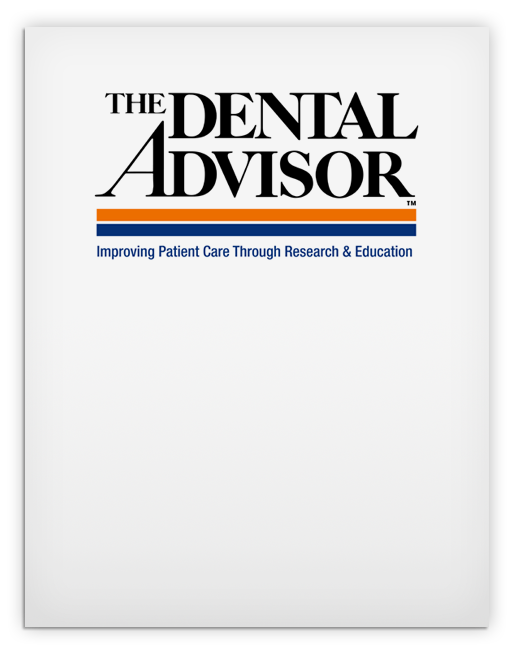Clinical Evaluations
Brush & Bond (BG)
Consultants’ Comments
- “Very efficient product and little to no post-operative sensitivity.”
- “Great product; clever system.”
- “I am concerned about the stability of the chemistry in the brushes once the package has been opened.”
- “I would like to see how the bond compares to other products.”
- “Include a smaller brush for easier access.”
Description
Brush & Bond is a 6th-generation, single-bottle, self-etching, self-priming, light-cured dentin bonding agent that contains 4-META. This creative bonding system has the initiator in the applicator brush. Mixing the liquid with the brush provided initiates the chemical reaction. Use the activated liquid within three minutes of mixing. Etch uncut enamel with phosphoric acid before applying Brush & Bond. It can be used to bond direct and indirect composite and ceramic restorations. It is compatible with light-cured, dual-cured and self-cured resins. It can also be used on dentin surfaces before temporization to minimize sensitivity. Twenty-seven consultants used Brush & Bond in over 765 restorations. This product received a 93% clinical rating.
Product Features
Consultants were very pleased with Brush & Bond and gave it high ratings for completeness of instructions, packaging, viscosity, and the innovative nature of the product. Twenty-four of the 27 consultants noted that the product was very easy to use and required fewer steps, thereby saving time and resulting in almost no post-operative sensitivity. Seven consultants objected to the odor of Brush & Bond during placement, and several felt that the size of the applicator brush was too large for narrow preparations and preferred a smaller-tipped brush. Seventy-four percent of consultants indicated that they would purchase Brush & Bond, while 85% would recommend it. Interestingly, 93% of consultants stated that Brush & Bond was equivalent to or better than their current bonding agent.Editors’ Note: The original evaluation was published in THE DENTAL ADVISOR, Vol. 20, No. 9, November 2003.

